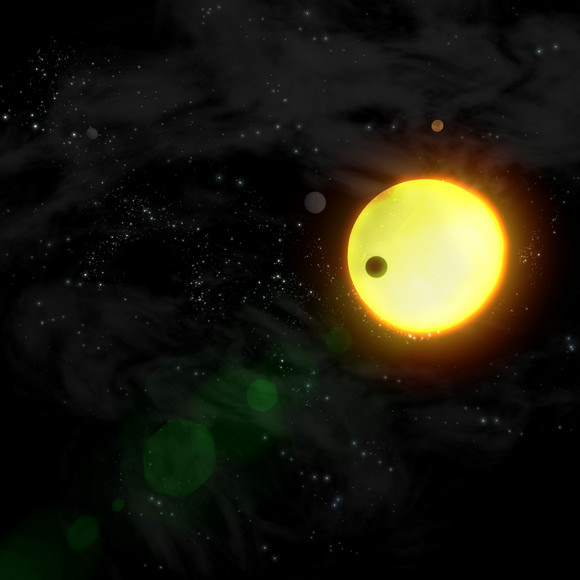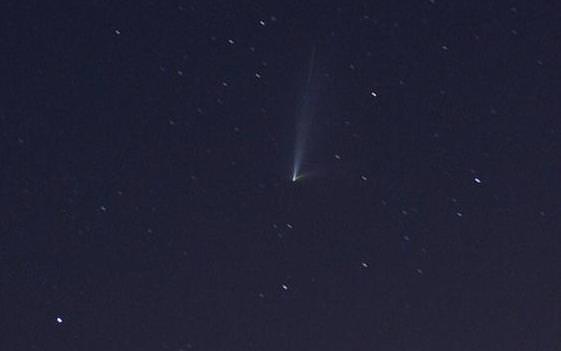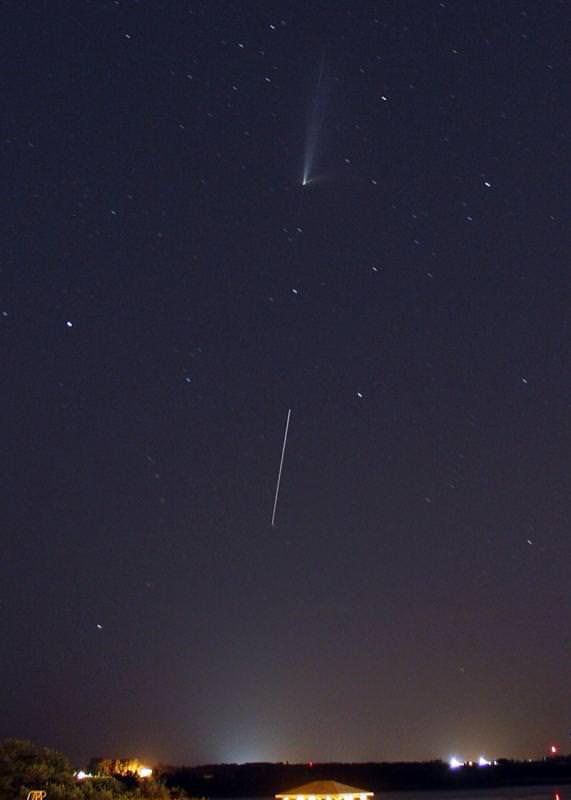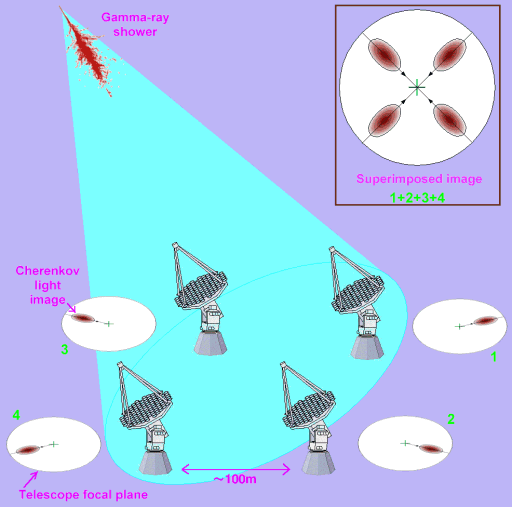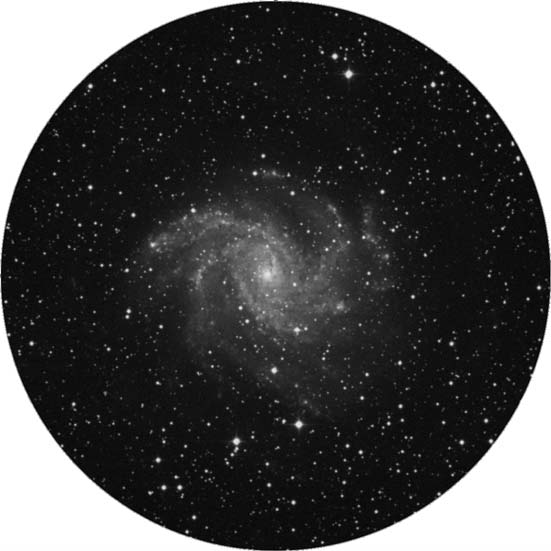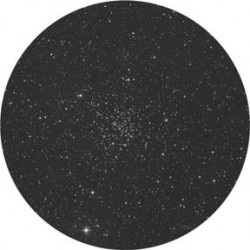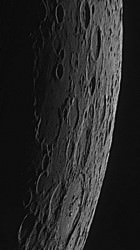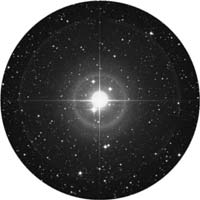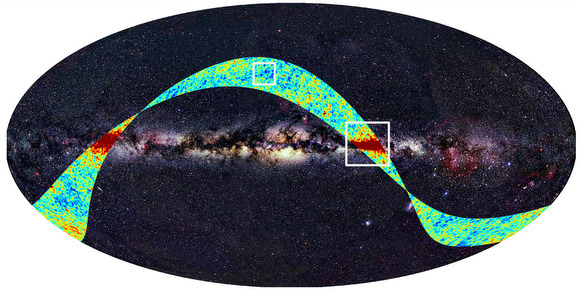[/caption]
When discussing the possibility of finding life on other worlds, we usually add the phrase “life – as we know it.” But we’ve been surprised at exotic forms of life even on our own world and we need figure out how life might evolve elsewhere with foreign biochemistry in alien environments. Scientists at a new interdisciplinary research institute in Austria are working to understand exotic life and how we might find it.
Traditionally, planets that might sustain life are looked for in the ‘habitable zone’, the region around a star in which Earth-like planets with carbon dioxide, water vapor and nitrogen atmospheres could maintain liquid water on their surfaces. Consequently, scientists have been looking for biomarkers produced by extraterrestrial life with metabolisms resembling the terrestrial ones, where water is used as a solvent and the building blocks of life, amino acids, are based on carbon and oxygen. However, these may not be the only conditions under which life could evolve.
The University of Vienna established a research group for Alternative Solvents as a Basis for Life Supporting Zones in (Exo-)Planetary Systems in May 2009, under the leadership of Maria Firneis.
“It is time to make a radical change in our present geocentric mindset for life as we know it on Earth,” said Dr. Johannes Leitner, from the research group. “Even though this is the only kind of life we know, it cannot be ruled out that life forms have evolved somewhere that neither rely on water nor on a carbon and oxygen based metabolism.”
One requirement for a life-supporting solvent is that it remains liquid over a large temperature range. Water is liquid between 0°C and 100°C, but other solvents exist which are liquid over more than 200 °C. Such a solvent would allow an ocean on a planet closer to the central star. The reverse scenario is also possible. A liquid ocean of ammonia could exist much further from a star. Furthermore, sulphuric acid can be found within the cloud layers of Venus and we now know that lakes of methane/ethane cover parts of the surface of the Saturnian satellite Titan.
Consequently, the discussion on potential life and the best strategies for its detection is ongoing and not only limited to exoplanets and habitable zones. The newly established research group at the University of Vienna, together with international collaborators, will investigate the properties of a range of solvents other than water, including their abundance in space, thermal and biochemical characteristics as well as their ability to support the origin and evolution of life supporting metabolisms.
“Even though most exoplanets we have discovered so far around stars are probably gas planets, it is a matter of time until smaller, Earth-size exoplanets are discovered,” said Leitner.
The research group discussed their initial investigations at the European Planetary Science Conference in Potsdam, Germany.
Source: Europlanet

